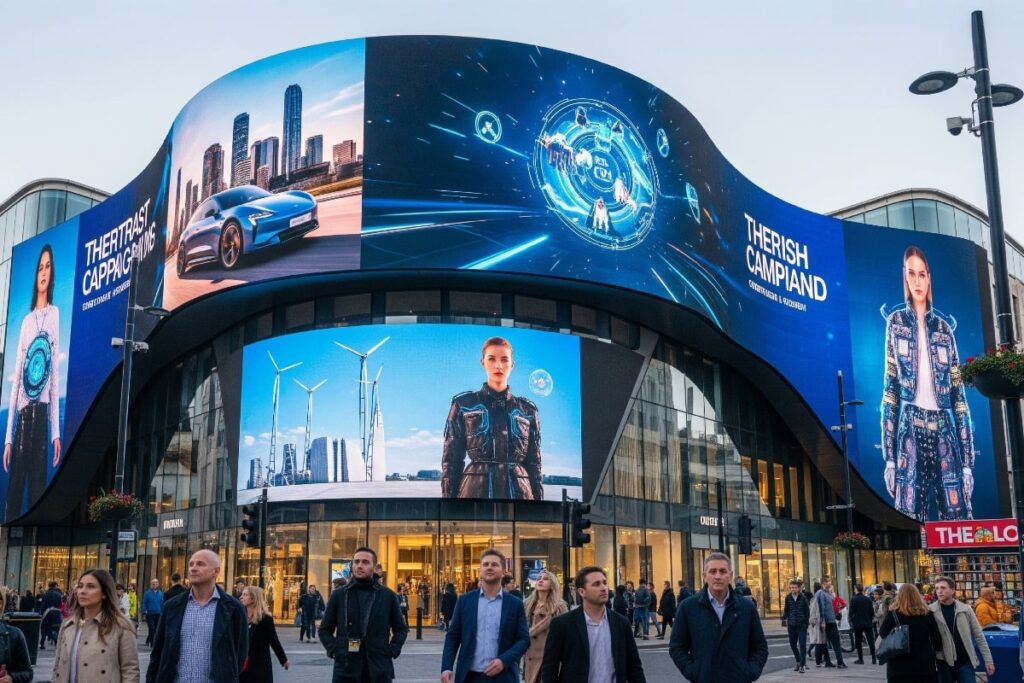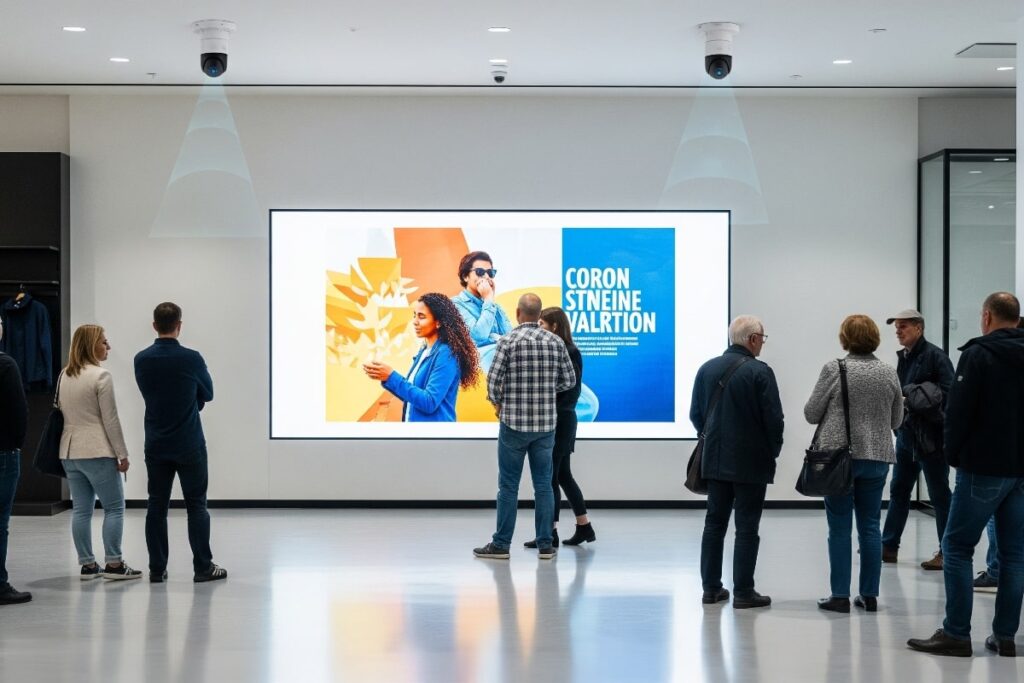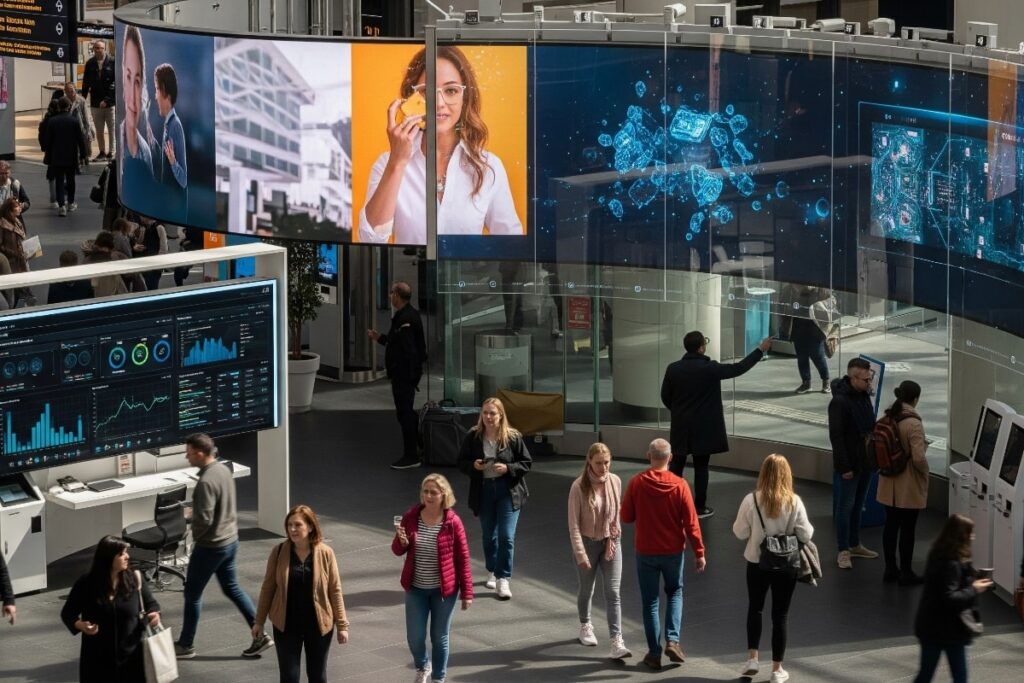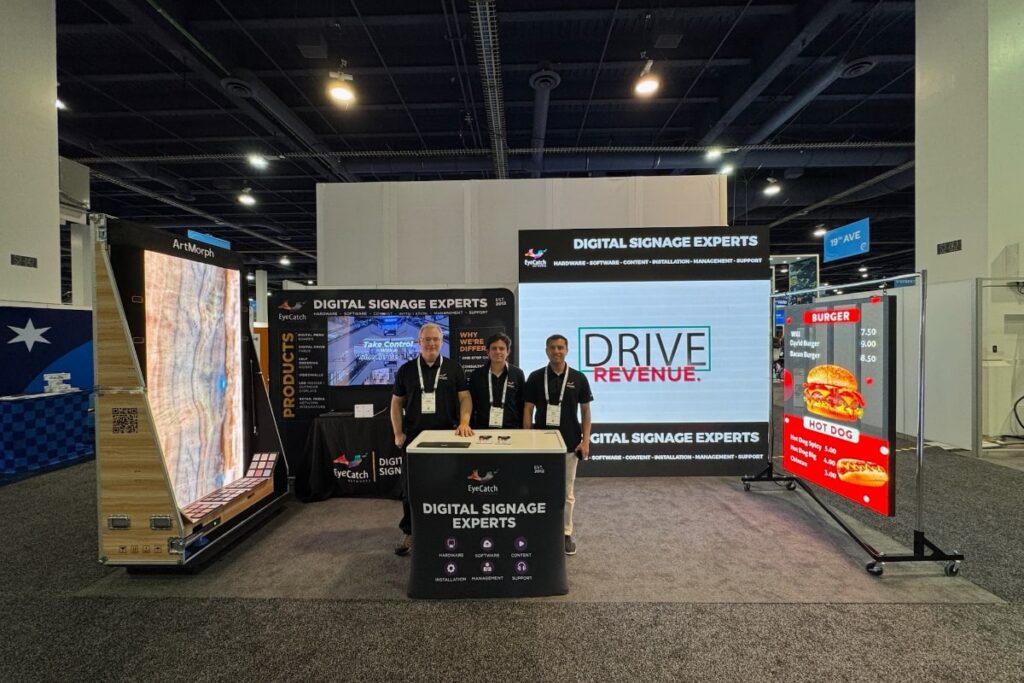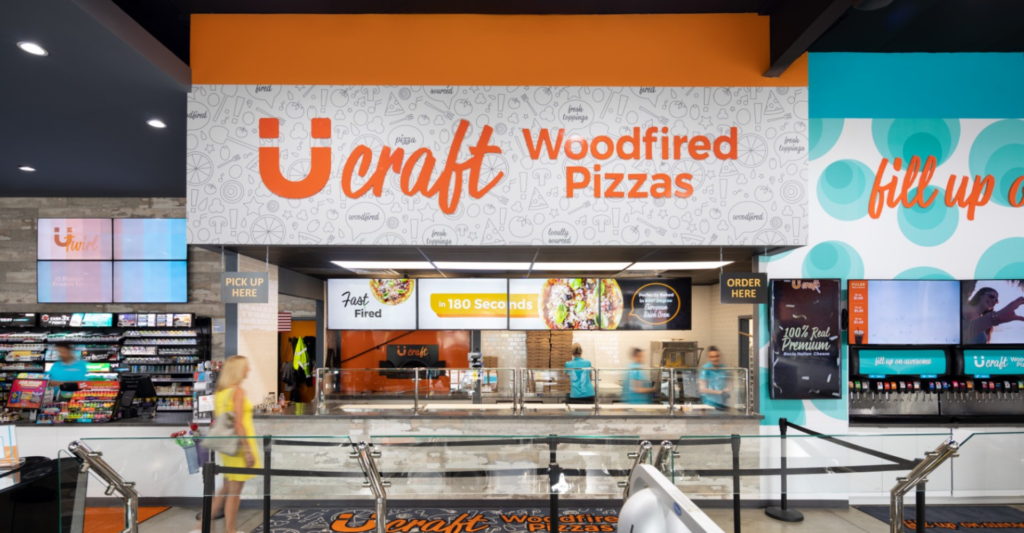Efficiency & Engagement: A Multi-Restaurant Owner’s Guide to Digital Menus
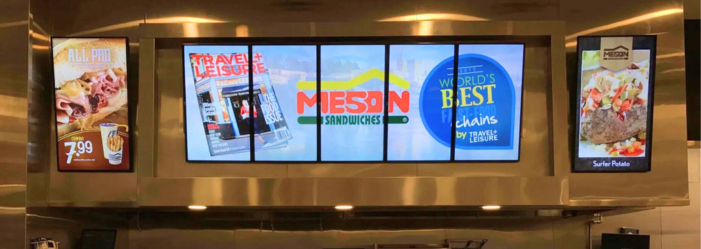
In today’s competitive restaurant landscape, multi-location owners face a constant juggling act: maintaining consistency across their brand while adapting to evolving customer expectations. Digital menu boards have emerged as a game-changer, offering a dynamic and efficient alternative to traditional static menus. However, before committing to this technology, it’s crucial to thoroughly understand its nuances and potential challenges.
This guide delves into 10 key considerations for multi-restaurant owners contemplating the switch to digital signage:
1. Unveiling the Cost Equation: Beyond the Initial Investment
Digital menu boards undoubtedly require an upfront investment, encompassing hardware (displays), software licenses, and installation costs. While these can initially appear substantial, consider them a long-term strategic investment. Factor in the potential savings:
- Reduced printing expenses: Eliminate the recurring costs associated with printing and reprinting menus, especially significant for frequent menu changes or seasonal offerings.
- Streamlined labor costs: Say goodbye to the time and effort spent on manually replacing physical menus across multiple locations. Digital updates can be performed remotely and instantaneously.
- Improved efficiency: Enhance operational efficiency by centralizing menu management and eliminating the need for physical inventory of printed menus.
2. Mastering the Content Management Maze: Efficiency is Key
Managing menus across several locations demands a user-friendly and centralized content management system. Look for software that offers the following functionalities:
- Centralized control: Update menus at all locations simultaneously from a single platform, ensuring consistency and brand adherence.
- Simplified updates: Implement intuitive interfaces that allow staff, even with limited technical expertise, to easily make menu changes, add daily specials, and update pricing.
- Scheduling capabilities: Schedule content in advance to automatically display specific menu options during different times of the day (e.g., breakfast, lunch, dinner) or days of the week (e.g., weekend brunch specials).
3. Selecting the Right Hardware: Gearing Up for Success
Choosing the appropriate hardware (displays) is crucial for a seamless digital signage experience. Consider these key factors:
- Durability: Opt for displays specifically designed for commercial use, ensuring they can withstand the demands of a busy restaurant environment.
- Display size and resolution: Select display sizes that complement your environment while offering optimal viewing angles and vibrant visuals. High-resolution displays (Full HD or 4K) ensure crisp and clear menu presentation.
- Brightness: Choose displays with sufficient brightness to be easily seen, whether placed in a sunny window or a dimly lit corner.
- Compatibility: Ensure compatibility between your chosen displays, software, and existing infrastructure, including internet connectivity.
4. Building Bridges: Integration with Existing Systems
For multi-restaurant owners already utilizing point-of-sale (POS) systems or inventory management software, seamless integration with your digital menu board system is critical. This ensures:
- Synchronized menu updates: Eliminate the need for manual updates across different platforms. Changes made in your POS system or inventory software can automatically reflect on your digital menus.
- Streamlined price changes: Update prices across your menus with a single click, ensuring consistency and avoiding discrepancies.
- Enhanced efficiency: Leverage integrated systems to streamline daily operations and minimize the potential for errors.
5. Designing for Delight: User Experience Matters
Digital menu boards offer an exciting canvas for displaying your menus. However, prioritizing clarity and user experience is essential:
- Clean and organized layout: Avoid overwhelming customers with information overload. Maintain a clean and visually appealing layout with clear sections and concise information.
- High-quality visuals: Utilize professional-looking photographs of your food items to entice customers and showcase the quality of your offerings.
- Readable fonts: Choose legible and easy-to-read fonts, and ensure appropriate font sizes for optimal viewing from various distances.
- Concise information: Present menu items concisely, highlighting key details like names, descriptions, and prices.
6. Going Beyond the Menu: Content Diversity Engages Customers
Don’t confine your digital signage to simply displaying static menus. Leverage its full potential by incorporating diverse content:
- Promotional offers: Highlight daily specials, limited-time offers, and combo options to encourage upselling and entice customers to explore new menu items.
- Nutritional information: Cater to health-conscious consumers by displaying nutritional information for your menu items upon request, fostering transparency and building trust.
- Customer testimonials: Showcase positive customer reviews and testimonials to build trust and social proof, influencing dining decisions.
- Local business partnerships: Partner with local businesses to display relevant advertisements, generate additional revenue streams, and foster community engagement.
7. Building a Secure Digital Fortress: Security and Maintenance:
- Password protection: Implement strong password protection and user access controls to prevent unauthorized access and ensure only designated personnel can modify content.
- Regular updates: Keep your software and firmware updated with the latest security patches to address potential vulnerabilities.
- Content security: Implement measures to prevent unauthorized content from being displayed on your digital signage.
- Disaster recovery plan: Develop a plan for disaster recovery in case of technical issues or hardware malfunctions. This ensures minimal downtime and a swift return to normal operations.
8. Preparing for the Future: Scalability and Growth
Digital menu boards should be a future-proof investment. When making your selection, consider:
- Scalability: Choose a system that can easily accommodate additional locations as your business expands. Look for solutions that offer flexible licensing models and support multi-location deployment.
- Menu flexibility: Ensure the system can handle the complexity of your menus, including variations across different locations, seasonal offerings, and potential future menu additions.
- Technology adaptability: Opt for a system built on open standards and readily integrates with newer technologies as they emerge in the digital signage landscape.
9. Empowering Your Staff: Training and Support
A key factor for successful implementation is ensuring your staff is comfortable and proficient in operating the digital menu board system.
- Comprehensive training: Provide comprehensive training to your staff on using the system, including menu updates, scheduling content, troubleshooting basic issues, and maintaining optimal display settings.
- Ongoing support: Choose a solution that offers reliable technical support to assist your team in case of any difficulties or questions that may arise after initial training.
10. Taking the Plunge: Trial Runs and Testing
Before a full-scale rollout across all your locations, consider a pilot program at a single restaurant. This allows you to:
- Test functionalities: Evaluate the system’s performance in a real-world environment and identify any potential challenges.
- Refine your approach: Based on your initial experience, refine your design elements, content management strategies, and staff training procedures before wider implementation.
- Gather feedback: Collect feedback from both staff and customers during the trial run to gain valuable insights and make adjustments before a full launch.
By carefully considering these 10 crucial factors, multi-restaurant owners can make an informed decision about digital menu boards. Embracing this technology can significantly enhance operational efficiency, elevate customer experience, and ultimately drive sales across all your locations. Remember, the key is to leverage digital signage strategically, transforming your menus into dynamic tools that inform, entice, and ultimately, keep your customers coming back for more.




